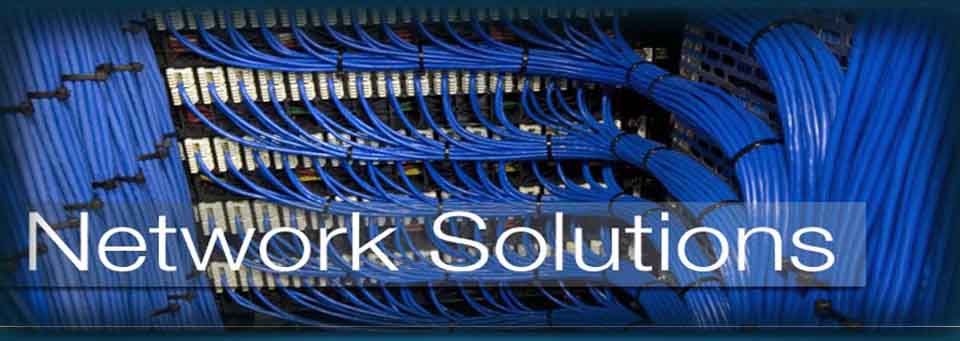Network
![]() Know what your customers want most and what your company does best. Focus on where those two meet.
Know what your customers want most and what your company does best. Focus on where those two meet.
---Kevin Stirtz
What is a Network?
Network is nothing but the interconnection betweent two or more computer for sharing of valuable resources, like data, hard disk space, optical drives, printers, etc. Connections between the computers can be cables, wireless, radio waves, ifrared beam, telephone links, or satelites.
Types of Network?
Commonly there are only two types of network.
- LAN (Local Area Network). Network within a closed geographical are, like in a building.
- WAN (Wide Are Network). Network spanning geographically disparsed area,
Components of Network
Components of network consists of computers, switches, routers, hubs, connecting cables, etc. But network can be broadly divided into two components, Active and Passive.
Active components.
Active components means devices that perform functions in a non linear fashion, like Network switches, routers, hubs,
Passive components.
Passive components are components that perform according to a set of linear rules, like connecting cables (copper and optical), connectors, network racks, patch panel, I/O, etc
Structured cabling.
Structured cabling means to set up cabiling system which is a complete system of cabling and associated hardware. A structured cabling system provides a comprehensive telecommunications infrastructure.
Design and installation of structured cabiling is governed by certain sets of standards for offices, data centers, buildings, campus. Structures cabling system starts from the point of demarcation of service provider.
Some of the standards are, ANSI/TIA-568-C.0 to 3, TIA-569-B (2004; Amd 1 2009), ANSI/TIA/EIA-606-A-2002.
These standards were set which define how to lay the cabling in various topologies in order to meet the needs of the customer, typically using a central patch panel (which is normally 19 inch rack-mounted), from where each modular connection can be used as needed. Each outlet is then patched into a network switch (normally also rack-mounted) for network use or into an IP or PBX (private branch exchange) telephone system patch panel.
Benefits of Structured cabling.
- Consistency of design and installation.
- Conformance to physical and transmission line requirements.
- A basis for examining a proposed system expansion and other changes.
- Uniform documentation.
What we provide.
We provide technical support and services to setup your network from installation and configuration of active network components like routers, switches, hubs etc.
We also provide our customers with the most advanced and quick cabling solutions, which allows them to invest in a future proof network today and lower IT costs for the future.






